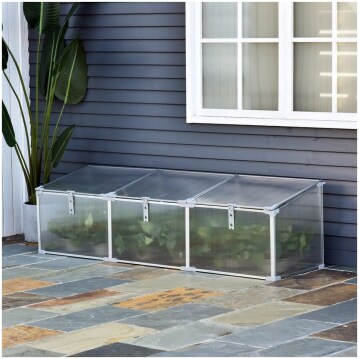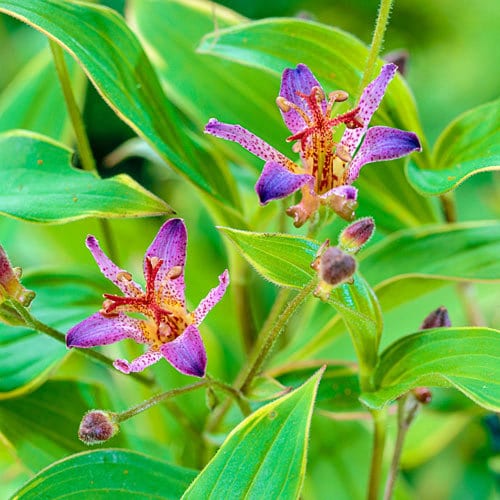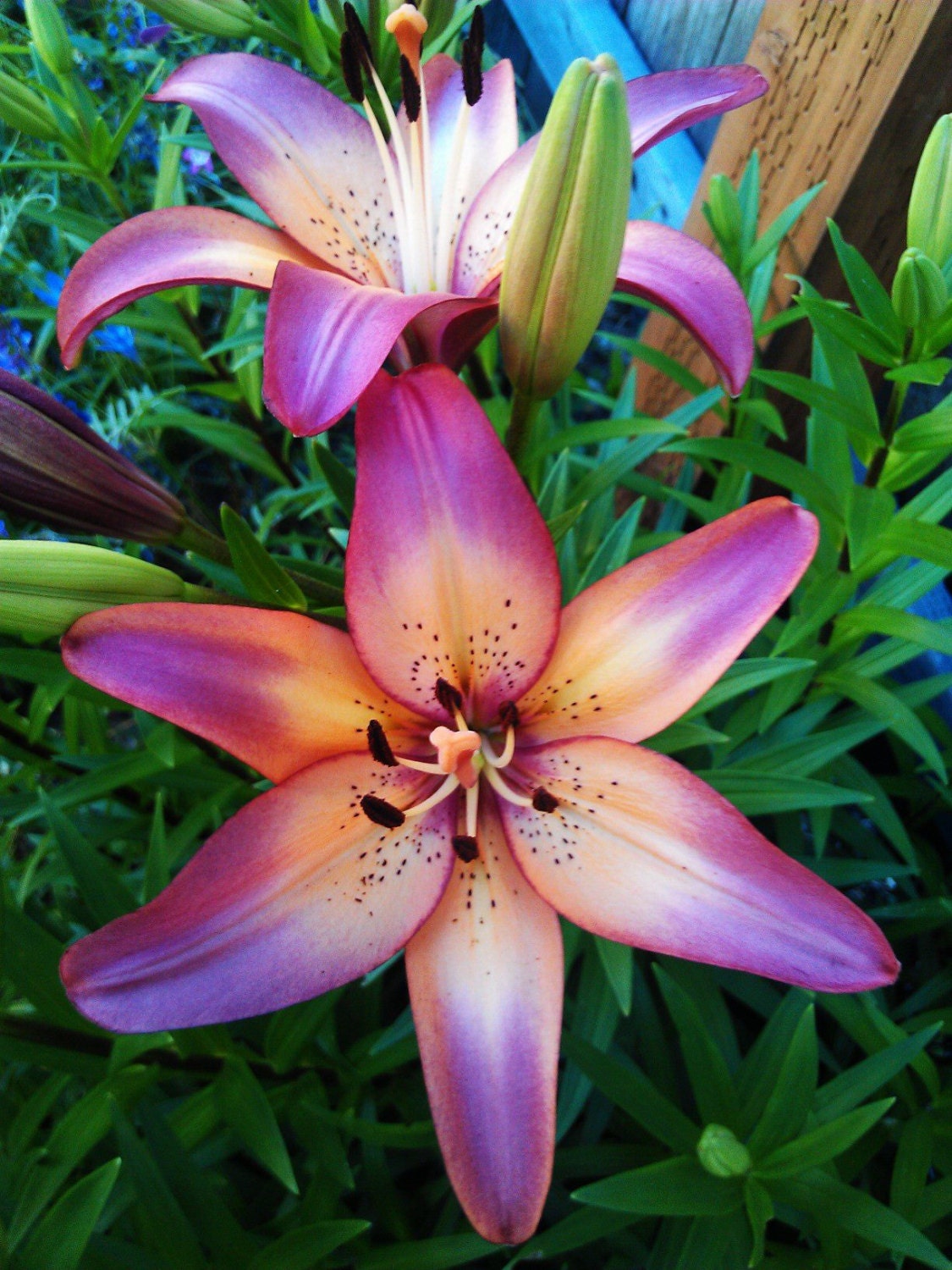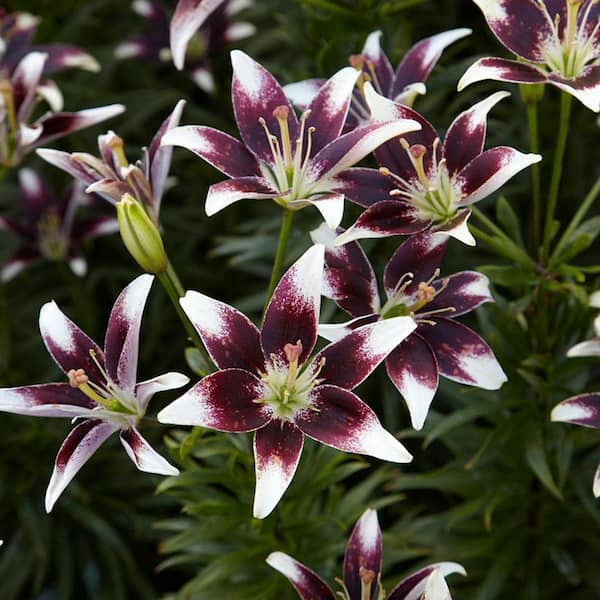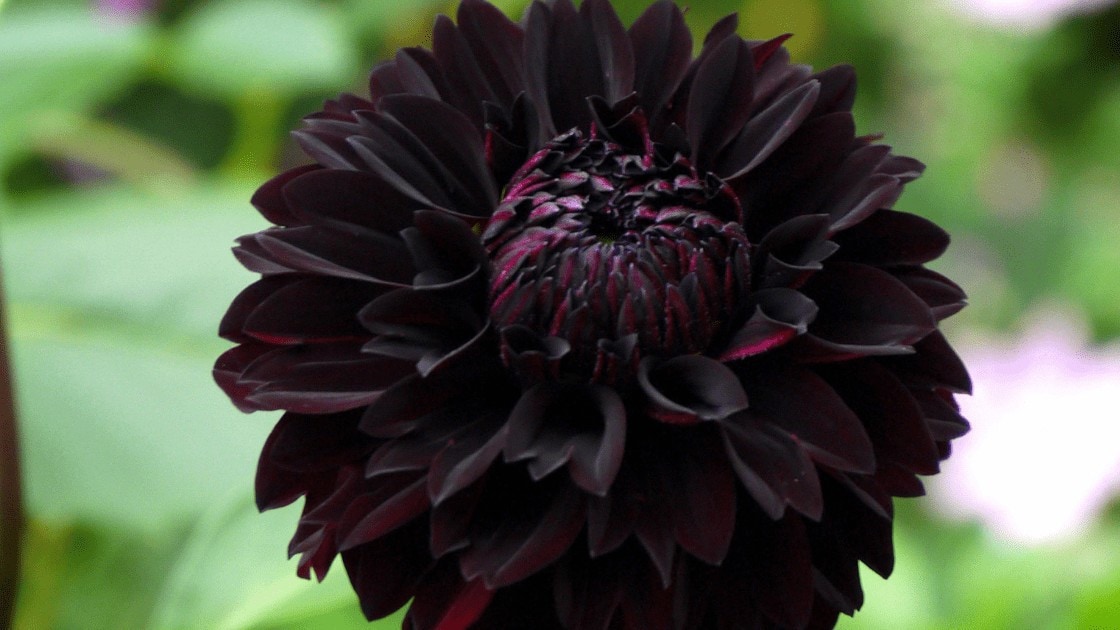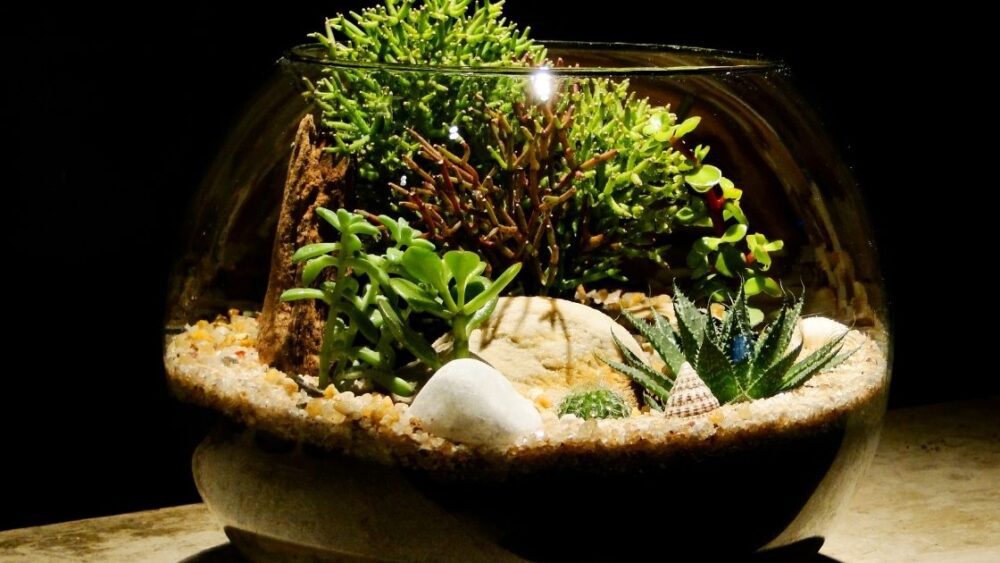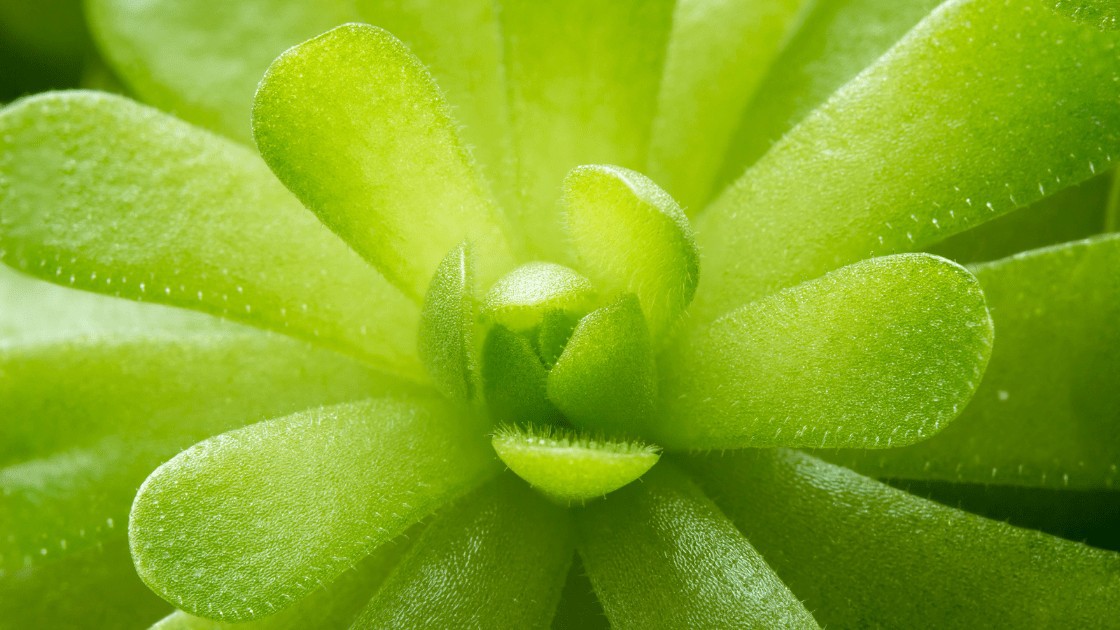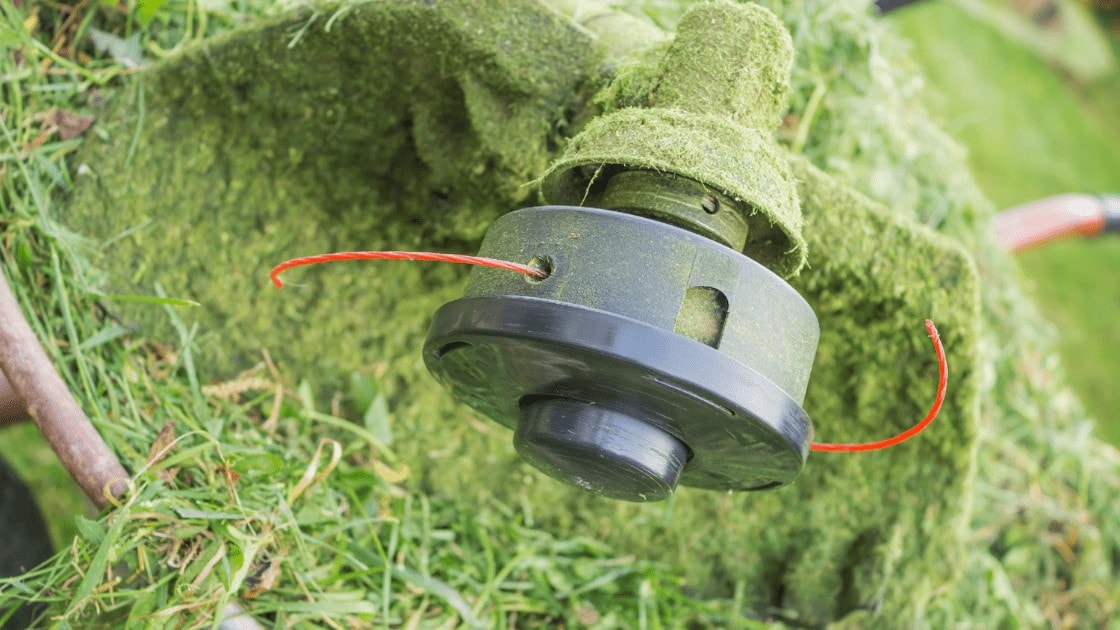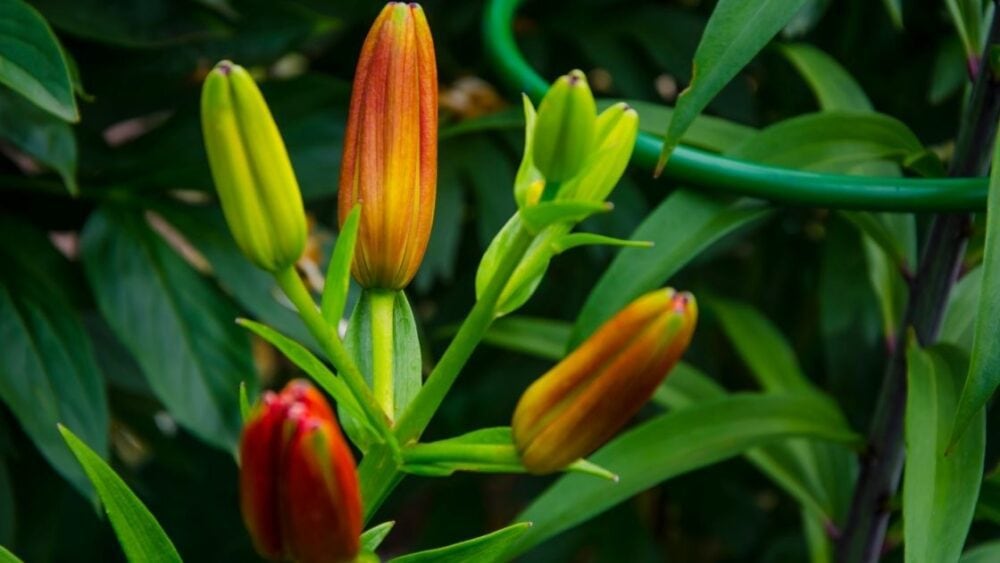
Lily flower buds sometimes appear ‘stuck’ – the large banana-like buds stay closed and don’t seem to do anything. This can Usually be caused from a range of problems such as temperatures, lack of water, sunlight and pests.
In the following paragraphs, we’ll explore why this problem occurs, how to solve it and will go over the optimum growing conditions for lilies. We’ll also discuss how to make cut lily flowers open. Let’s get into it!
What Can Cause the Flower Buds on Lily Plants to Not Open?
The trigger for lily bud opening is remarkably complicated and poorly understood from a scientific viewpoint – there are many publications in scientific journals exploring it and the influence of ethylene gas levels on the process.
Browse our Affiliate Products
Ethylene, a colorless, sweet-smelling gas is a hormone that is produced by most plant species and regulates growth, blooming and fruit ripening. It’s released by ripening bananas, apples and tomatoes and can trigger extremely fast ripening in unripe tomatoes and other fruit.
Here are the 3 major causes of lily buds not opening:
Improper temperature
Lilies are sensitive to temperature changes and both too low and too high temperatures can cause problems with bud opening. This applies both to living plants and to the cut flowers.
Sellers of cut flowers will usually recommend that lilies are placed in tepid water – cold or hot water can both delay opening. Improper temperature caused by various weather changes outdoors is usually temporary and the flower buds will likely open at some point – it’s best to leave them alone.
The optimum temperature for bud opening is around 80 F (27C). Lower temperature will delay opening and higher temperatures can cause bud death or short life of the flowers.
Ethylene exposure
Ethylene is produced by the flower buds themselves, but also by nearby ripe fruit, such as bananas, apples and tomatoes. Although some ethylene can stimulate flowering and bud opening, high levels can cause the flower buds to abort and dry up without opening.
Those high levels of ethylene can easily occur in poorly ventilated areas that contain a lot of ethylene-producing edible fruit. Exposure to cigarette smoke or other pollutants can also affect bud opening in various ways. High ethylene levels usually cause eventual wilting and rotting of the buds and not just a delay in opening.
Pests
There are insects that exclusively use lily flowers as hosts for their eggs. This however, is mostly a problem for day lilies (Hemerocallis) and not for true lilies (Lilium).
However, day lilies are commonly referred to as just ‘lilies’ and many gardeners don’t know the difference between the two (which is most obvious in the leaf shape). The symptoms of this infestation are wilting and dying flower buds and the presence of visible eggs inside.
General Unfavorable Growth Conditions
Improper watering, lack of sunlight or nutrient deficiencies can all cause poor bud formation, deformed buds and slowed opening. We’ll go over the basic requirements of the plant in a minute.
What to Do to Stimulate Lily Flowers to Open and How Long Will It Take?
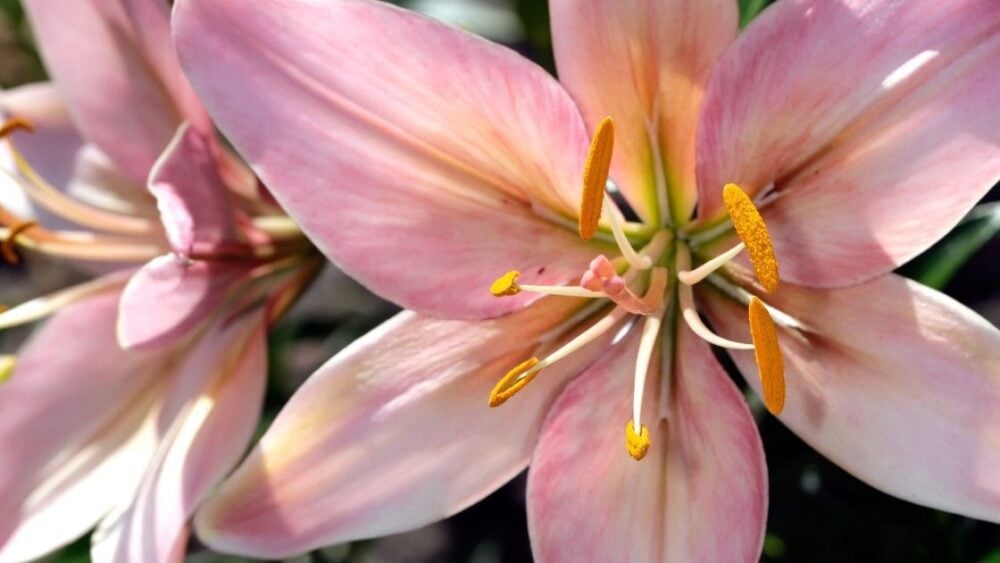
There isn’t a sure-fire way to make lily buds open quickly. In most cases, warmer temperatures will lead to faster bud opening, but this is rarely something you can control in outdoor plants and too high temperatures risk wilting and death. Usually, you’ll have to wait around 5 days for mature buds to open and around 2 weeks for small buds to mature and start opening.
Forcing Cut Lily Flowers to Open
Lilies are one of the largest and most impressive-looking flower you can purchase or pre-order from flower shops. Often, the lilies are sent with closed, green buds and the buyers are informed that they will take around 5 days to open. Sometimes however, you may want to rush things and make the buds turn into flowers sooner. Although there are no guarantees, there are a few steps you can take to help this process:
Use Flower Food Packets
Those packets usually contain sugar, which replaces the sugar naturally created by photosynthesis. This feeds the flowers and makes them open faster and last longer. Flower packets also contain various silver-based antimicrobial agents, which prevent stem rot.
Collect the Petals and Pollen Sacks From an Already Open Flower and Put It in the Vase Water
Although not scientifically proven, some gardeners swear by this method. Supposedly, the pollen contains various hormones that can trigger opening in unopened buds. However, this trick may also backfire and cause bacterial infestation in the vase water – never leave the pollen-infused water for more than a day or two – replace it with fresh water, after washing the vase and the stems of the flowers.
Shorten the Stems and Remove Bottom Leaves
Cut lily flowers can take around 5 days to open, which is enough time for the end of the stem to start rotting and cause problems.
Sometimes, air bubbles can also get into the vascular system of the stem and prevent water uptake – re-cutting the stem periodically solves both of those problems. The bottom 50 – 60% of the leaves on the stem should be removed to reduce the water demand of the flower and make bud opening faster.
Can You Cut Lily Flowers Before They Are Open?
Although this is a common practice, flower shops usually do this to ensure all of their inventory is sold without going bad. Lilies have a long vase life of up to two weeks, so if you’re going to cut and use the flowers as decorations for events, it’s still best to do this after they open up.
My Lily Plants Aren’t Blooming at All! How Do I Make Them Flower?
Healthy lily plants should flower once every year – if they don’t, this is almost always caused by unfavorable growing conditions – lack of nutrition and sunlight or improper watering. If that’s the case and the blooming season has arrived, there is little you can do to fix the problem quickly – expect the plants to flower next year, or later in the summer, after you give them better conditions.
Lilies will refuse to flower if they are kept indoors – they require the cold of the winter in order to ‘calibrate’ their annual calendar.
However, this applies only if the plants have been started from bulbs. Plants started from seeds will take around 3 years to reach maturity and start flowering. There are three main types of lilies, which flower at different times in the year – we’ll go over the variety differences later in this article.
Optimal Growing Conditions for Lilies (Lilium genus)
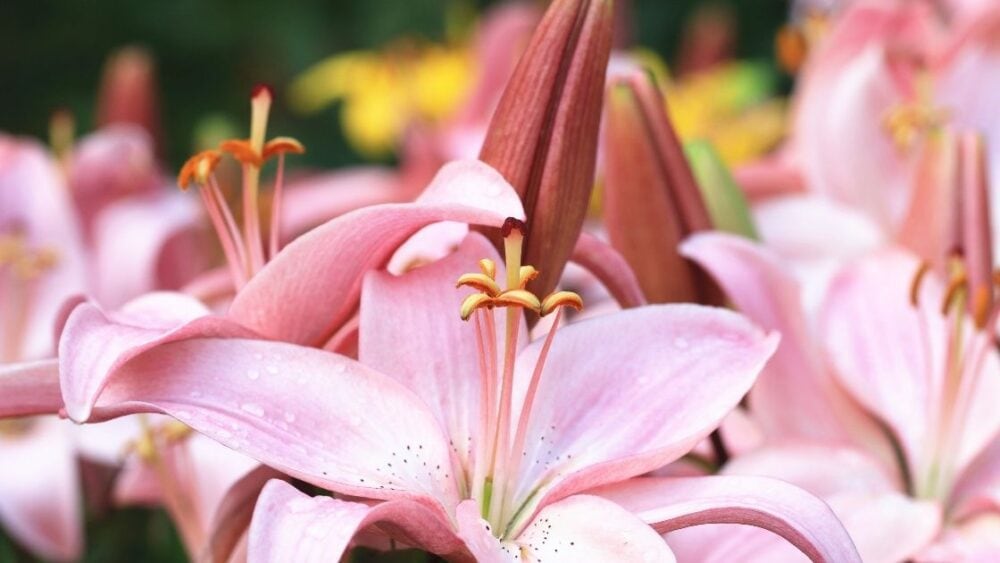
Lilies are hardy, large plants and are not practical for indoor growing. Outdoors, they are easy to care for and require relatively frequent watering and monthly feeding with dilute fertilizer.
How Much Sunlight Do They Need?
Lilies tolerate direct sunlight well and require at least 5 hours of it every day in order to develop properly and form a large number of flower buds. Light deficiency is the main cause of poor growth, flowering problems and poor bud development.
What Temperature Do They Grow Best At?
Although the flowers of the lily can be sensitive to temperature changes and bud opening can slow down in cold weather, the plant itself can tolerate a very wide range of temperatures – lilies are hardy down to USDA zone 5 and can tolerate hot summers without much trouble.
What Type of Soil Is Required?
Lilies like a compost-heavy soil mix – any soil for flowering garden plants will work fine. Although they like well-draining substrates, they can tolerate some compaction and do surprisingly well in clay soils.
The pH requirements are typical for most garden plants – pH 6.5 to pH 7.0. Monthly fertilization is recommended throughout the growing seasons, but high nitrogen/low phosphorus fertilizers may cause too much foliage to develop at the expense of flower formation. Balanced fertilizers work best.
For more information on soils, click here, What Are The BEST Potting Soils for Every Type of Plant?
How Much Water Do Lilies Need?
Lilies don’t tolerate drought well and should be watered regularly – overwatering is not a huge risk factor for them. Watering once a week usually works well for most climates, but in the summer, they may have to be watered twice as frequently.
Because lilies like a constantly moist soil, mulch is often used – it can save you a lot of water, especially if you have a large garden area planted with them.
Can You Plant Lilies Directly Outdoors or Should They Stay In Pots?
Lilies do well in large pots, but it’s best to plant them directly outdoors, especially in colder zones below 8. Even large pots can get too cold during the winter and the bulbs may suffer from freezing. The temperatures deep in the ground stay much more stable and there is no risk of bulb/root damage, even after a heavy frost.
For more information on pots, check out this article, What is the perfect pot for my plants?
Do Lilies Grow Better Outdoors or Indoors?
Lilies are impractical for growing indoors – they are tall plants that can’t be illuminated evenly on windowsills. Also, lilies have to spend the winter outdoors in order to flower the next summer. There are countless flowering plants, which are much more suitable for indoor growing, such as Anthuriums, Orchids, Cyclamen and others.
Help! My Lilies Are Wilting! What Do I Do?
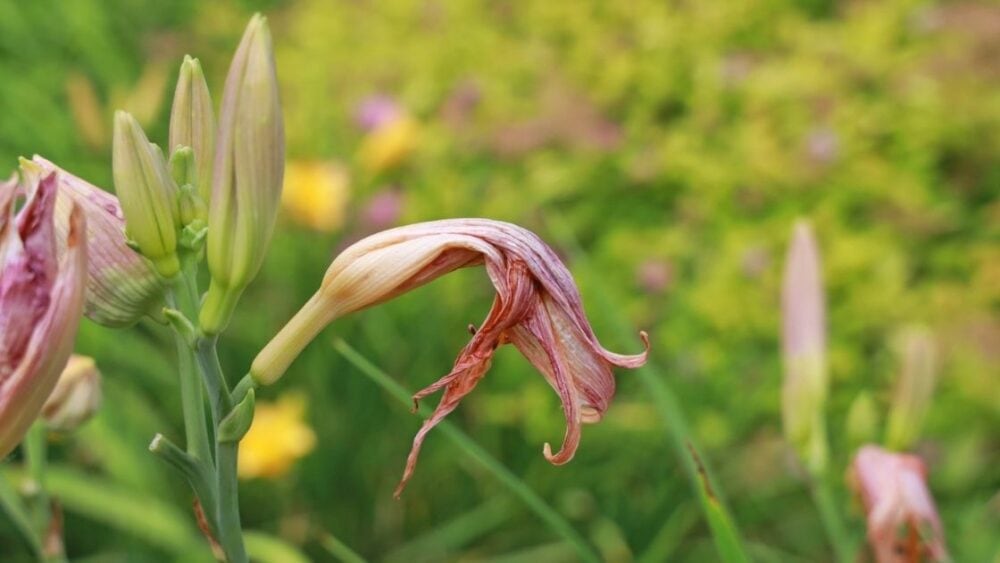
Wilting is not very common in lilies, but when it happens it usually points to poor, overly-compacted soil, overwatering, under-watering or heat stress. Plants that are suddenly placed in a dry, hot spot will often wilt temporarily, which can be remedied by misting until the plant recovers.
Paradoxical wilting, caused by overwatering is not very common in lilies, but can still happen, especially if the soil is also clay-heavy and lacks aeration. Misting is the best way to remedy wilting until you figure out the source of the stress and fix it.
Different Care Requirements of Different Lily Varieties
There are a lot of lily varieties and different species of plants referred to as ‘lilies’, which don’t actually belong to the Lilium genus. Actual lilies are also known as ‘true lilies’. Different species/varieties with different blooming times can be combined to create a garden that has lily flowers throughout most of the warm seasons. Here is a short list of true lily varieties:
Asiatic lilies (L. asiatica): A non-fragrant species, which is very commonly grown for commercial cut flowers production. Just like other lily varieties, this one has many variations and sub-varieties with different colors and even different petal shapes. Asiatic lilies bloom very early in the summer.
Oriental lilies (L. orientalis) – Unlike Asiatic lilies, Oriental lilies bloom late in the summer (or even in the fall) and are very fragrant. Otherwise, their flowers look very similar.
Japanese lilies (L. speciosum) – Another true lily species, flowering early in the summer.
Tiger lily (L. tigrinum) – This variety usually blooms mid-summer. It’s one of the most common lily varieties, mainly because of its slightly longer flowering season and unique-looking patterned flowers.
Although different species have different flowering seasons, the care requirements are practically identical.
Conclusion
Lily flower buds usually open 4 to 7 days after bud maturity. The best thing to do if your lilies have many unopened, large flower buds is to wait – the buds may not yet have reached full maturity and may take another week or so to open, especially in cloudier weather with less sunlight.
Temperature also plays a part, with hotter weather speeding things up a little. If the buds eventually start dying before they open, inspect the plant for pests and make sure it’s not stressed by over or under-watering. Cut lily flowers can be trickier, but usually open on their own in around 5 days – re-cutting the stem, removing the lower leaves and increasing air circulation can all speed up the process.


